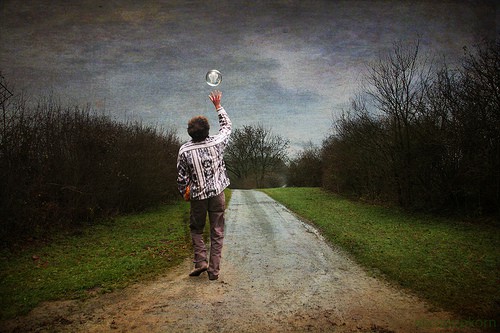
Living the focused life is not about trying to feel happy all the time…rather, it’s about treating your mind as you would a private garden and being as careful as possible about what you introduce and allow to grow there.
This quote, tucked innocuously at the end of the third chapter of Rapt, Winifred Gallagher’s 2009 ode to focus, is life-changing.
Gallagher’s book begins with a cancer diagnosis (“not just cancer, but a particularly nasty, fairly advanced kind”). She realizes that this disease wants to claim her attention, and that this was no way to live what may be the last moments of her life. So she launches an experiment to reclaim her attention, relentlessly redirecting it towards the things that matter most: “big ones like family and friends, spiritual life and work, and smaller ones like movies, walks, and a 6:30 pm martini.”
Gallagher comes away from the experiment with a good prognosis for her disease and a visceral appreciation of a surprising fact: “life is the sum total of what you focus on,” yet most people expend little effort cultivating this focus.



